Malaria Strategy
There are more people dying of malaria than any specific cancer – Bill Gates
Although there is malaria in Latin America, the chances of contracting this parasite are very remote and 90% of travellers do not plan any type of prophylaxis. In Africa it’s another story.
There are three types of malaria in Africa and these kill far more people than I would have guessed. Once the parasite enters the human body it is difficult to eradicate it and can remain hidden for years in the liver and then awaken again. It is not a parasite to be taken lightly, especially cerebral malaria that if not treated in time kills within 48 hours.
Unfortunately, there is no shared line of thought on the strategy to avoid malaria. Every doctor I spoke to simply listed the pros and cons of prophylaxis.
The three drugs they suggest:
- Malarone (atovaquone/proguanil): one pill a day. Side effects aside, like hallucinations and nightmares, it is quite toxic to the liver so it is not recommended for prolonged use (more than 90 days). Since I will stay in areas where there is malaria for more than 90 days it would be ruled out. Among other things, it is a very expensive drug. Even the generic version costs about € 100 per month in Namibian pharmacies.
Malarone can also be used to treat malaria: 4 tablets a day for three days (12 pills total) which is what I took with me from Alaska to Patagonia. In Namibia I decided to invest in 12 new pills. - Doxycycline: one pill a day. It is an antibiotic that can be used as a malaria prophylaxis. It is quite cheap but has a great side effect: it makes the skin highly photosensitive. This is a big problem when you have to cycle 12 hours a day or more under a burning sun. A doctor gave me a tube with 100 pills.
- Lariam (mefloquine): one pill per week. It would have been my choice for prophylaxis if I could find it. I wasn’t able to source it either in South Africa or in Namibia. Travelling in the north-east of Africa, finding a trustworthy pharmacy not selling counterfeit Lariam pills is very difficult,. However, this drug has been discouraged by various people because it can cause very serious unwanted side effects: serious mental disorders; depression; suicide; and psychotic episodes. An Italian psychologist in charge of volunteers from an NGO in Zambia told me about a volunteer taking Lariam who went mad, brandishing a knife until she was sedated with Valium at the hospital.
Given the problems related to cost, toxicity, availability and side effects I decided that the best strategy for the moment is non-prophylaxis. I will try to minimize the risk by trying to use repellents and lock myself in the tent during the hours of mosquitoes’ maximum activity of the (twilight and dawn). The rainy season has begun, and I will need to be even more careful.
In my bags I have four self-test kits to diagnose the presence of the three types of parasites in the blood and I also have enough Coartem (artemether/lumefantrine) to cure myself (possibly also Malarone).
However, given all the luck that I have in Africa mentally I am already prepared for the worst, but I hope very much not to have to face this unfortunate disease.
If you enjoyed reading this blog post, consider leaving a comment below and/or buy me a drink or a meal through a small donation as encouragement to keep this trip and blog going.
Check out the “SUPPORT THIS” page or simply go ahead and do a secure and safe donation with credit or debit card here: paypal.me/davidetravelli

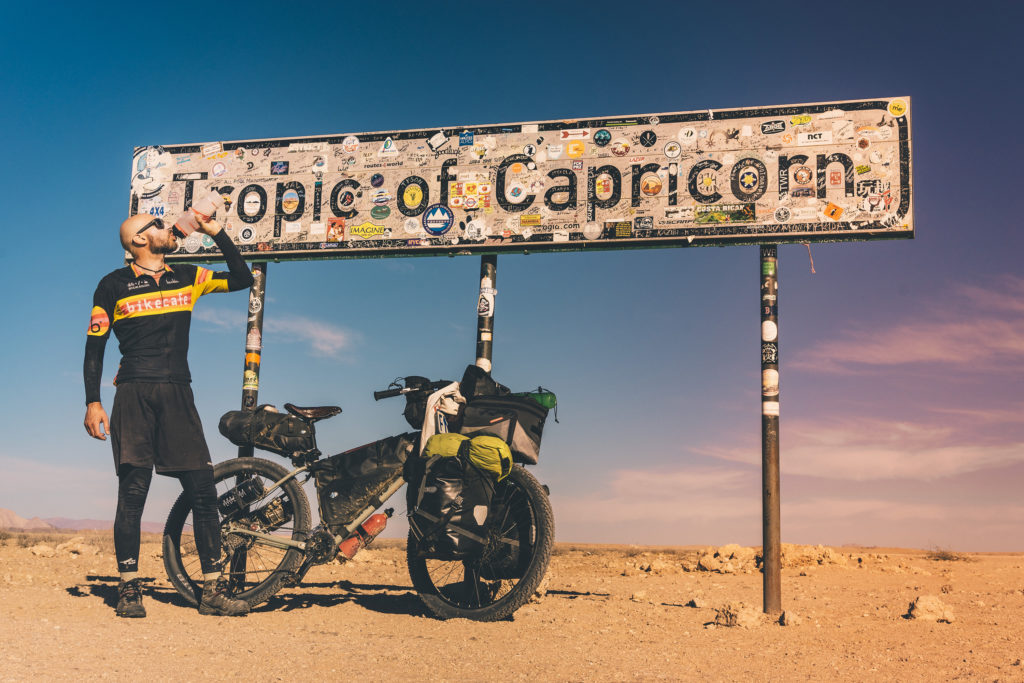
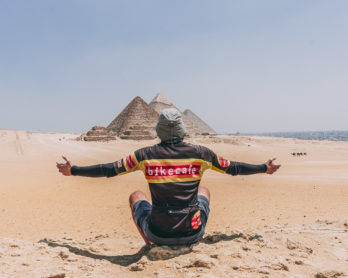
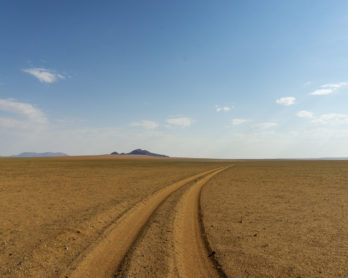
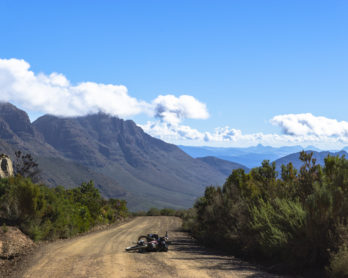
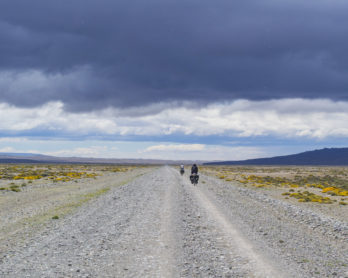
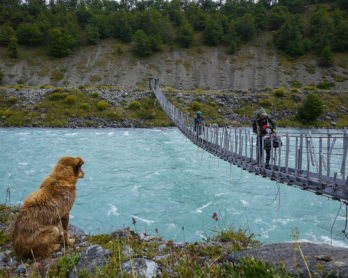
Hi, good luck with the prevention! When I was cycling in places with malaria (south-east-Asia), I carried Malarone with me as well to use if needed. I tried mosquito repellent and hiding in my tent but got bitten all over every day anyway. Simply got lucky not to contract it. Enjoy your trip!
Hopefully I’ll be just as lucky!
Allora, sei sopravvissuto con la strategia repellente? penso che farò lo stesso!
Sisi sono ancora vivo